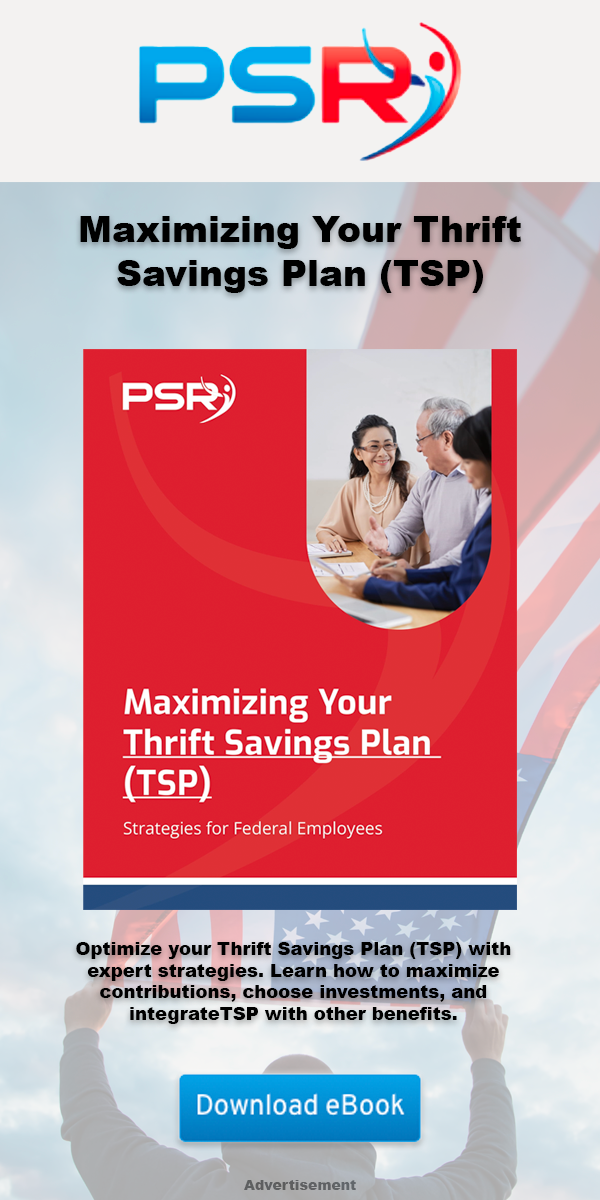Key Takeaways:
- Federal employees should expect new adjustments to pay, retirement benefits, and healthcare in the coming months.
- Staying informed about these changes can help you make better financial and retirement decisions.
What’s New for Your Pay and Benefits?
If you’re a federal employee or retiree, you know how important it is to keep an eye on updates that affect your paycheck and retirement benefits. This month, several significant changes are coming that might impact your financial future. Whether you’re in the early stages of your federal career or gearing up for retirement, these changes are worth paying attention to, especially when they involve things like retirement contributions, healthcare, and long-term benefits.
- Also Read: FAA, Law Enforcement, and Special Federal Employee Categories—Here’s What Makes Their Retirement Unique
- Also Read: Blending Private and Public Sector Retirement Plans Is Complicated—Here’s Where Couples Get It Wrong
- Also Read: The Silent Shift in Postal Service Retirement Benefits That Could Change Everything by 2026
1. Retirement Contributions Are Increasing
One of the biggest shifts federal employees will notice is the increase in contributions toward retirement. For those of us under the Federal Employees Retirement System (FERS), a portion of our paycheck goes toward the FERS pension. This month, you may see an uptick in those contributions, depending on when you joined federal service.
If you’re a newer employee (those hired after 2013), your required contributions have been creeping up over the past few years. While it might not seem like a huge amount at first glance, over time these increases can add up, impacting your take-home pay. It’s important to note that these adjustments are designed to shore up the long-term sustainability of FERS. So, while it stings a bit in the short term, it’s meant to secure your pension down the road.
Keep an eye on your pay stubs and be aware of how these contributions affect your overall budget. It’s also a good idea to revisit your retirement savings plan to ensure you’re setting yourself up for success.
2. Changes to the Thrift Savings Plan (TSP)
The Thrift Savings Plan (TSP) is the cornerstone of our retirement savings, and this month, there are a few updates that you need to be aware of. First, the contribution limits have gone up, which is great news if you’re looking to maximize your retirement savings. You can now contribute up to $23,000 per year to your TSP, with additional catch-up contributions if you’re 50 or older.
Additionally, if you’re between the ages of 60-63, a new higher catch-up contribution limit will be introduced soon under the SECURE 2.0 Act, offering even more potential for savings as you approach retirement. This is a perfect time to reassess your savings goals and make sure you’re taking full advantage of the TSP’s tax-deferred growth.
However, with these increased contribution limits, it’s essential to keep in mind that TSP fund performance can fluctuate. If you’re close to retirement, now might be a good time to review your asset allocation and consider how much risk you’re willing to take on. Retirement is all about balance, after all, and making sure your money is working as hard for you as possible without taking unnecessary risks.
3. Watch Out for Healthcare Premium Increases
Healthcare costs are always a hot topic, and unfortunately, this month brings some less-than-pleasant news for federal employees. Premiums for the Federal Employees Health Benefits (FEHB) program are going up by an average of 13.5% starting next year. That’s a significant increase that could impact your budget, especially if you’re already feeling squeezed by inflation.
What does this mean for you? For starters, it might be time to reconsider your current healthcare plan during Open Season. The changes might push you to re-evaluate what’s most important—whether it’s lower premiums, better coverage, or more flexibility. You’ll want to review your options closely and make sure your plan fits your family’s needs and your wallet.
Don’t forget about the Postal Service Health Benefits (PSHB) program, which is replacing FEHB for USPS employees starting in 2025. If you’re a postal employee or retiree, these healthcare shifts are especially relevant, and you’ll want to pay close attention as you prepare for the transition. The good news is, if you don’t actively choose a PSHB plan, you’ll be automatically enrolled based on your current coverage. But still, it’s smart to stay proactive and make sure the plan you end up with is the right one.
4. Medicare Integration for Retirees
If you’re approaching retirement and looking into Medicare, this is an important update. As part of the new healthcare rules, retirees who are eligible for Medicare Part A will now be required to enroll in Medicare Part B if they wish to continue their coverage under PSHB plans starting in 2025. This is crucial for retirees who plan to stay in PSHB or are transitioning from FEHB to PSHB.
This new requirement could affect your healthcare costs significantly, so it’s important to understand how Medicare Part B premiums will fit into your budget. Enrolling in Medicare may help reduce out-of-pocket costs, especially for those with chronic conditions or who require frequent healthcare services.
If you’re already retired, this new rule won’t apply unless you’re already enrolled in Medicare Part B, but it’s still a good idea to stay informed about how these changes could affect future retirees and federal employees still in the workforce.
5. The Impact of Cost-of-Living Adjustments (COLA)
One piece of good news for retirees: the Cost-of-Living Adjustment (COLA) is coming in at a higher-than-usual rate this year. For 2025, federal retirees can expect a COLA of approximately 3.2%, which means a slight increase in your monthly annuity payments. While this won’t offset all of the rising healthcare and living expenses, it’s a welcome boost.
For those of us still working, this highlights the importance of planning for retirement with inflation in mind. While we can’t predict future COLA rates, ensuring that our retirement savings and income streams keep up with the cost of living is essential.
Navigating Your Pay and Benefits with Confidence
The takeaway from all of this? Pay attention to the small details. Whether it’s adjusting your retirement contributions, reviewing your healthcare plan, or keeping an eye on your TSP, staying informed is the best way to ensure you’re making smart financial decisions. This month’s changes may seem minor now, but over time, they can have a big impact on your overall financial picture.
Take some time to review your benefits, check out your pay stubs, and, if you need to, reach out to a financial advisor who specializes in federal employee benefits. Making informed decisions today can set you up for a more comfortable and financially secure retirement.
Your Next Steps
As we move into the next year, there will undoubtedly be more changes that affect federal employees and retirees. This month’s updates to retirement contributions, healthcare premiums, and TSP limits are just the beginning. By staying proactive and informed, you can ensure that your financial future is as secure as possible.












